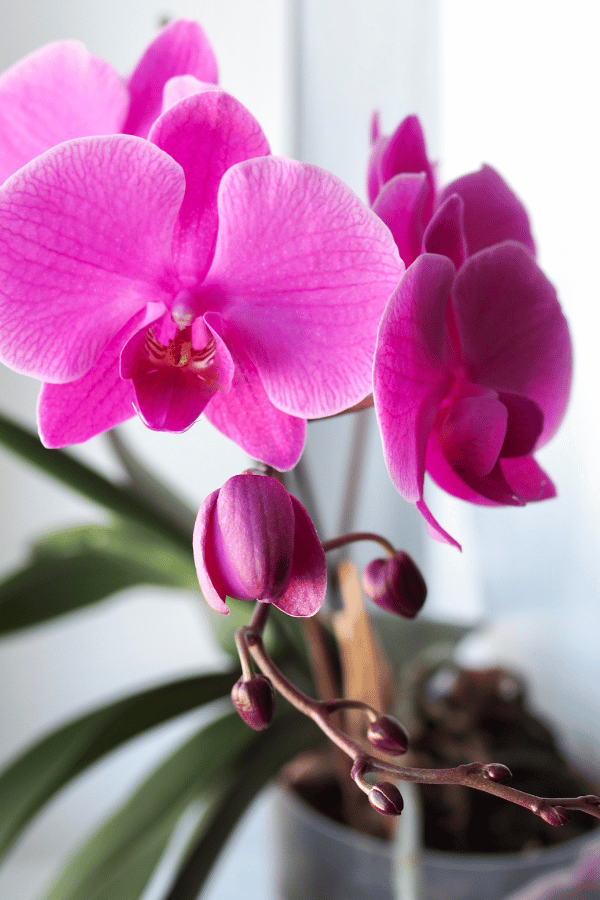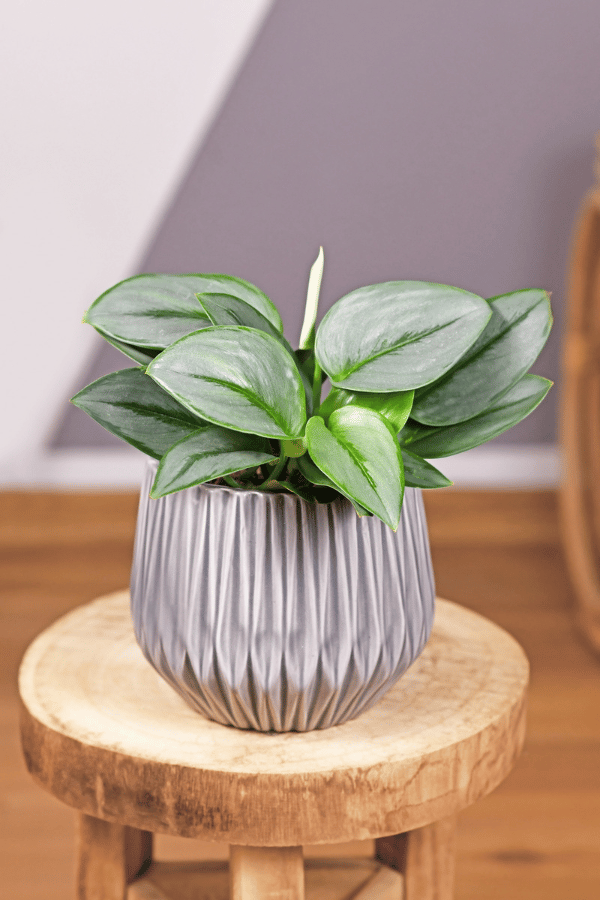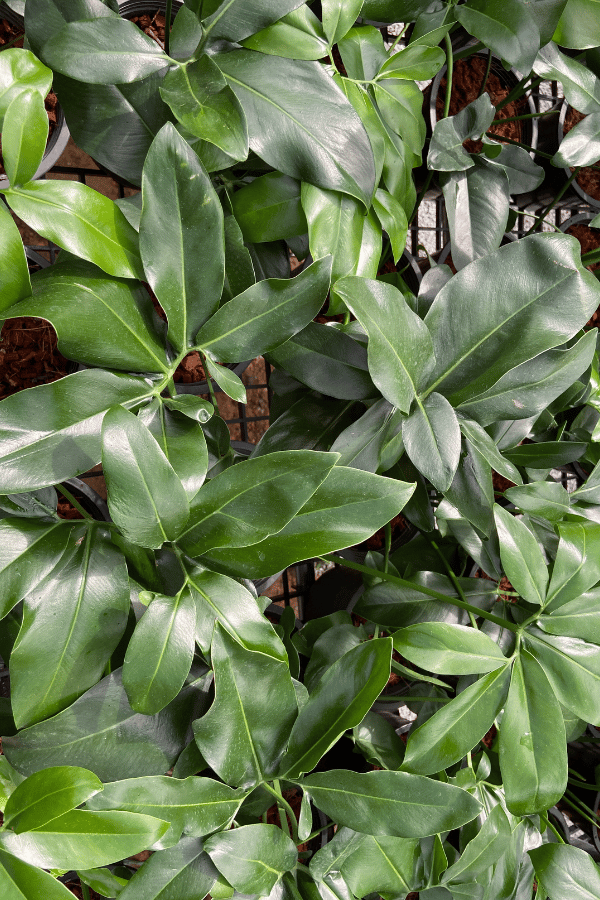Ficus Altissima
Scientific Name: Ficus Altissima
Common Name: Council Tree, Lofty Fig
Ficus trees are such a popular houseplant. If you are looking for a new Ficus houseplant, the Ficus Altissima may be right for you. Proper Ficus Altissima care requires bright light and well-draining soil and average household humidity. Similar to the Ficus Audrey houseplant, this plant features smooth and shiny oval leaves.
Quick Care Overview
| Common Name | Council Tree, Lofty Fig |
| Scientific Name | Ficus Altissima |
| Family | Moraceae |
| Origin | Southeastern Asia |
| Identification | Smooth, shiny green ovate-elliptic shape |
| Height | 6 feet tall |
| Soil | Well-draining dry soil |
| Water | Allow top two inches of soil to dry out before watering |
| Temperature | 60-80F |
| Sunlight | Bright indirect sunlight |
| Toxic to Cats & Dogs | Yes |
| Toxic to Humans | Yes |
| Pests | Aphids, mealybugs, scale, spider mites |
| Diseases | Leaf drop, root rot |
Below we will dive deep into how to care for Ficus Altissima.
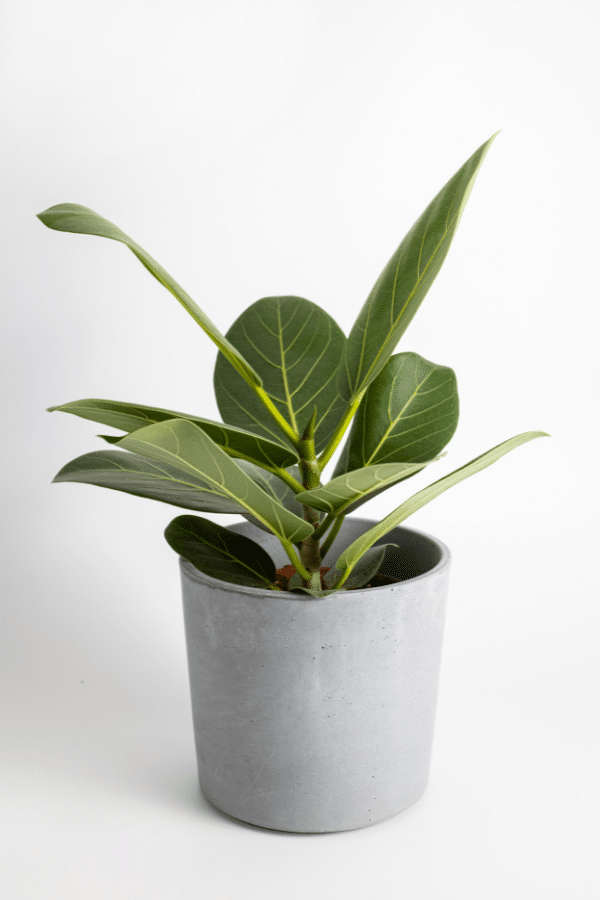
Ficus Altissima History
Southeastern Asia native, Ficus Altissima, otherwise known as the Asian council tree, is a beautiful ornamental evergreen tree. Belonging to the ficus family, they can be easily maintained and are popularly cared for as a container-grown indoor plant.
Ficus Altissima Identification
Ficus Altissima has smooth, solid green leaves of ovate-elliptic shape. However, its variegated version, the Ficus Altissima Variegata has bright yellow-colored edges, and has become very popular. Growing to about 6 feet in height, Ficus Altissima are known for their smooth gray bark with brown pustules.
Ficus Altissima Growth Facts
The council tree is a quick-growing, tall, and regal ornamental tree that will create a grandeur effect in any space.
How Big Does a Ficus Altissima Get?
The council tree can grow up to 30’ tall in its natural habitat, but when grown as a houseplant, it will only grow to become about 6’ tall.

Ficus Altissima Care
Ficus Altissima requires a moderate amount of attention and proper care to be well maintained. A great thing about this plant is that it can actually look like a tree and maintain its tree-like shape, regardless of its size, even when very small.
Best Soil for Ficus Altissima
Ficus Altissima, like most varieties of Ficus plants, is not overly picky about its soil. A general potting mix will do quite fine. Additions of perlite, coco coir, or peat moss may be incorporated to assist with aeration and drainage.
Ficus Altissima Fertilizer
Ficus Altissima doesn’t regularly require fertilizer. To encourage leaf growth, a general indoor liquid houseplant fertilizer may be applied during the growing season. Alternatively, a granular slow-release fertilizer may be added. Do not fertilize in the winter during dormancy. Also, be careful not to over fertilize, as this can cause a buildup of salts and damage your plant.
Ficus Altissima Watering
Ficus Altissima prefers to have slightly moist soil at all times. Do not overwater it though. Excessive watering may lead to leaf dropping and root rot. Before rewatering, allow the top 1-2 inches of soil to dry out completely. Containers should have ample drainage holes and Ficuses should never be allowed to soak in water.
Ficus Altissima Light Requirements
Ficus Altissima enjoys bright indirect light, such as from an eastern-facing window. The council tree will tolerate moderate light during the winter. Too much full sun may cause leaf burn.
Ficus Altissima Temperature & Humidity
The council tree prefers temperatures of over 70 degrees Fahrenheit. However, they will tolerate being kept in the mid-60s but the Ficus Altissima will not grow well below 60F. Keep in mind, the council tree will not appreciate drastic changes in temperature or being frequently moved. Proper Ficus Altissima care likes a humid environment. Humidity levels around normal household humidity (40-60%) is best for this ficus houseplant. By adding a pebble tray or humidifier, your plant may grow faster and produce more vibrantly colored leaves.
Repotting Ficus Altissima
Being a fast grower, consistent repotting of a Ficus Altissima may lead to out-of-control growth for an indoor location, so potting may need to be limited to keep the plant’s growth in check. Oftentimes, being repotted can be stressful to the council tree causing leaf drop, but don’t worry, these plants will quickly regenerate new leaves! To repot, simply choose a pot that is 1-2 inches larger in diameter, loosen the root ball and remove excess dirt then place the root ball in your new container. Add fresh soil with ample drainage, lightly tamp, and water. If you do not want your council tree to grow any larger, you may repot it in the same container after removing some of the leaves and roots.
Ficus Altissima Maintenance & Pruning
Ficus Altissima is a very tall and fast-growing indoor plant. Pruning frequently is recommended to keep the plant reasonably sized and to maintain a good shape. Remove damaged leaves and strategically cut specific branches to maintain a nice canopy shape. Trimming will encourage branching. Always use gloves when handling the council tree, as the milky sap may be irritating to the skin.
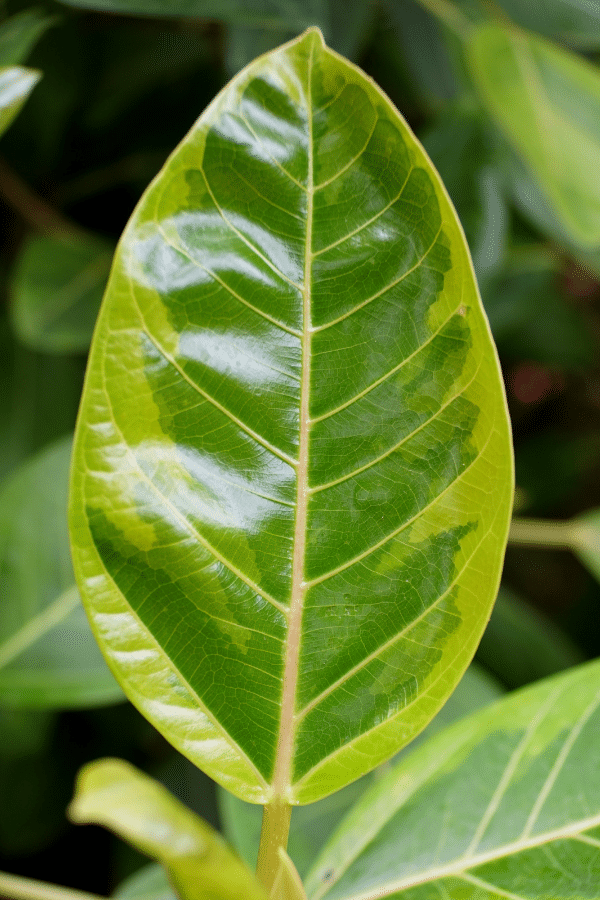
Propagating Ficus Altissima
Propagating Ficus Altissima is easy and may be done by root cuttings. Simply choose a healthy stem and using sharp shears, cut below the leaf node. The stem should have a couple of leaves on it and be several inches long. Rooting hormone may be used to increase propagation success rate, but is not necessary. Place the stem cuttings into water with no leaves submerged, or alternatively, place directly into well-aerated soil in indirect light. Within a month, you should observe roots and the cuttings can be potted to further become established.
Ficus Altissima Toxicity
The lofty fig tree is considered toxic to humans, cats, and dogs. The stems carry a milky white sap that can cause skin irritation and is toxic if ingested.
Toxicity to Humans
All Ficus plants are considered somewhat toxic to humans if ingested, leading to a range of digestive issues, although it is unlikely to be fatal. Do not ingest this houseplant. Always use gloves when handling the council tree, as the milky sap may be irritating to the skin.
Toxicity to Cats & Dogs
Ficus Altissima is considered toxic to animals and should never be ingested. Symptoms of ingesting the Ficus Altissima plant in cats and dogs include pawing at mouth, upset stomach, vomiting, and diarrhea. If you suspect that your pet has ingested the plant, contact your veterinarian or call animal poison control.
Ficus Altissima Problems
Ficus Altissima Leaves Turning Yellow
When the leaves of the council tree turn yellow, it usually indicates that the plant has been overwatered, has insufficient light, or otherwise has a nutrient deficiency. If you notice yellowing leaves, you should ensure that the soil isn’t overly moist. Make sure that the pot and soil are draining correctly, ensure that your tree is getting enough light, and scale back on watering for a while. Yellow leaves may be pruned off. You may also want to give your ficus tree a fertilizer if it’s during the spring or summer to give it the nutrients it needs.
Ficus Altissima Leaves Turning Brown
Ficus Altissima is a very low-maintenance plant, but it is extremely sensitive to changes in growing conditions. Dark patches and leaf brown spots may occur due to stress such as from drastic changes of temperature, leaf scorching from too much direct sun, or from being placed too close to a heat source.
Ficus Altissima Diseases
Indoor Ficus tree disease is often caused by overwatering and poorly drained soil. Diseases such as root rot and leaf drop are often due to overwatering. If you notice a fungal rot, by symptoms of yellow leaves, wilting leaves, or slow growth, use a fungicide to treat and repot the plant in a sterile container with fresh soil.
Ficus Altissima Pests
While most healthy Ficus trees will remain pest-free, occasionally insects such as aphids, mealybugs, scale, and spider mites, can become a nuisance. If your plant is attacked by pests, isolate, and treat it with a pesticide such as insecticidal soap or neem oil.


